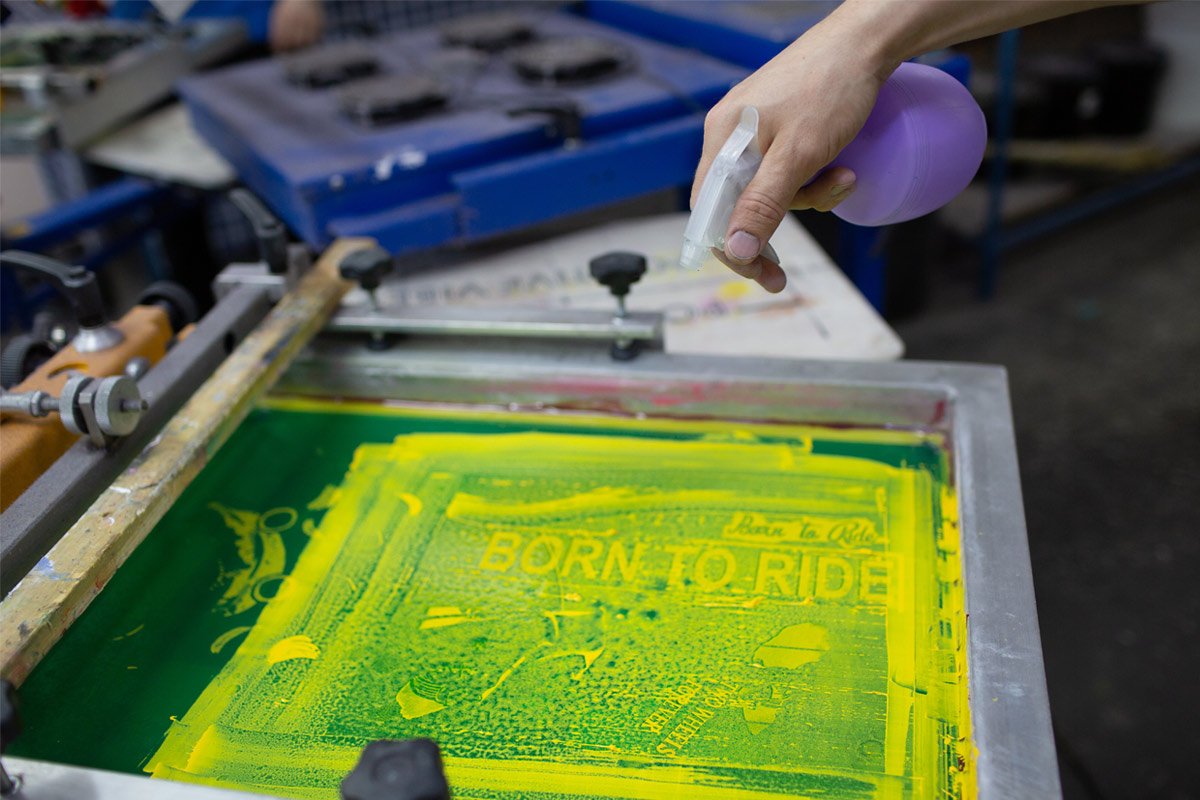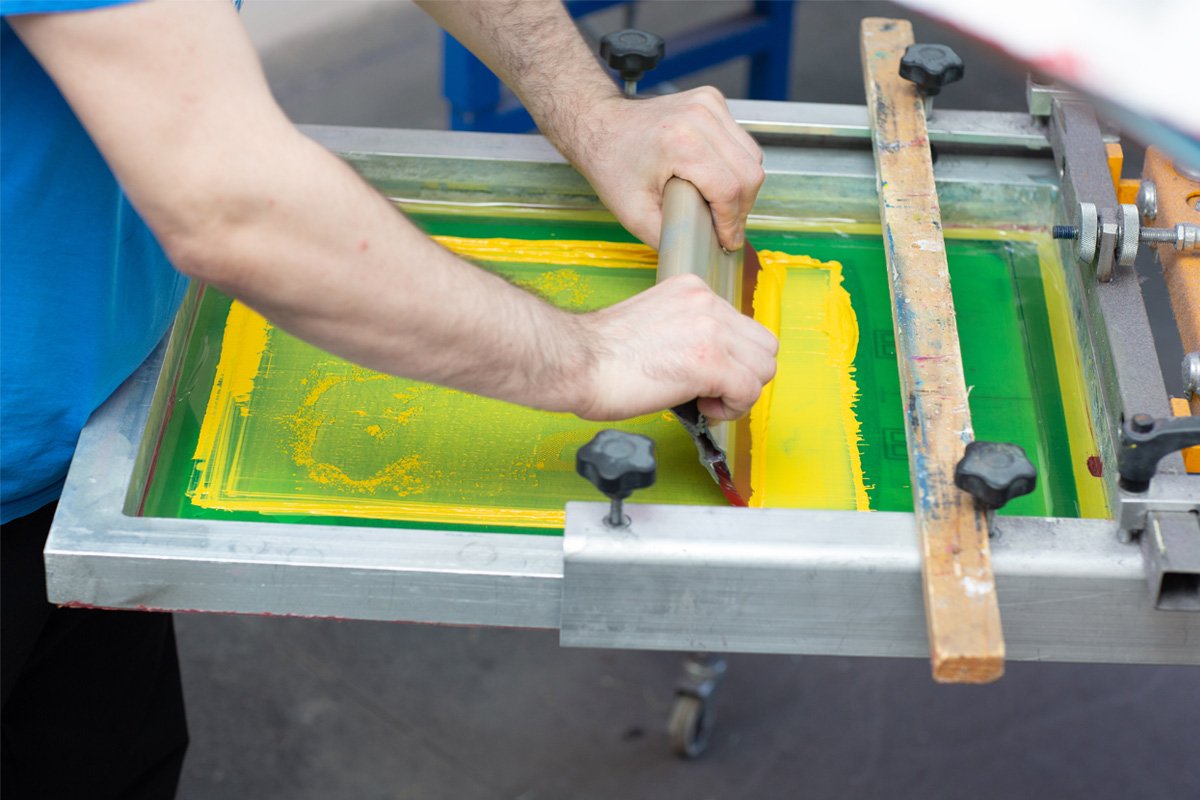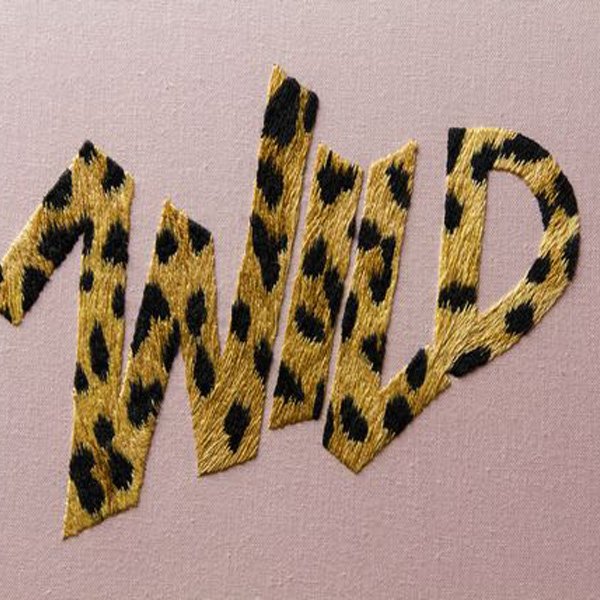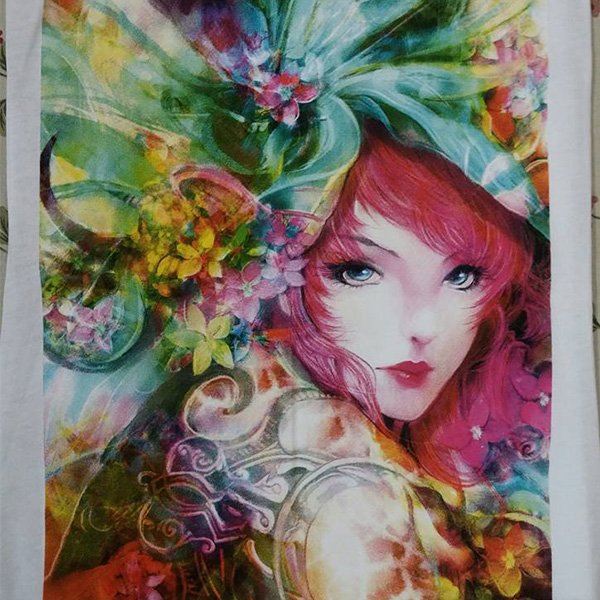What is Silkscreen Printing?
Discover the Versatility of Silkscreen Printing
Silkscreen printing, also known as screen printing or serigraphy, is a popular and versatile printing method that utilizes a mesh screen to transfer ink onto various materials. It is widely used for creating vibrant and long-lasting designs on apparel, promotional products, signage, and more. With its rich history and widespread application, silk screen printing continues to be a go-to choice for businesses, artists, and individuals looking for high-quality and customizable prints.

All the features you need
Insights into the World of Silkscreen Printing
Versatility
Silk screen printing can be done on a wide range of materials, including fabrics (such as cotton, polyester, and blends), paper, plastics, metals, and even wood. This versatility allows for diverse applications across different industries.
Vibrant Colors
Silk screen printing offers excellent color vibrancy and opacity. The ink used in the process is thicker compared to other printing methods, resulting in bold and vibrant prints that stand out.
Customization
One of the key advantages of silk screen printing is its ability to handle intricate and detailed designs. Whether it's fine lines, gradients, or small text, silk screen printing can accurately reproduce even the most complex designs.
Durability
Silk screen prints are highly durable and can withstand regular use and multiple washes without fading or losing their quality. This makes it an ideal choice for products that require long-term durability, such as clothing and promotional items.
The silk screen printing procedure consists of four steps,
Allowing for Ample Creative Exploration.
-
 1
1Design Preparation
The first step in silk screen printing is preparing the design. This involves creating or obtaining the desired artwork, which is typically a stencil or a mesh screen with a design cut out. The design is then transferred onto the screen using various methods, such as emulsion or photo-sensitive coatings. -
 2
2Screen Setup
Once the design is prepared, the next step is setting up the screen. This involves attaching the screen tightly to a frame and ensuring proper tension. The screen is then aligned and secured in place on the printing press or equipment. -
 3
3Ink Application
With the screen in place, the ink is applied onto the screen's open areas using a squeegee. The squeegee is moved across the screen, forcing the ink through the stencil or mesh and onto the printing surface below. The ink adheres to the material, creating the desired design. -
 4
4Print and Cure
After applying the ink, the final step is to print and cure the design. The printing press or equipment is used to apply consistent pressure as the ink is transferred from the screen onto the material. Once the printing is complete, the ink is cured or dried using heat or other curing methods to ensure its longevity and durability.
Unleashed Creativity
Inspiring Examples of Silkscreen Printing
Diverse Techniques
A Spectrum of Silkscreen Printing Options
- Rubber Print
- Foil Print
- Discharge Print
- Flock Print
- Gel Print
- Silicon Print
- High Density Print
- Embossed Printing
- Pigment Print
- Stone Print
- Glow In The Dark
- Glitter Print
- Photo Print
- CMYK Print
- Mountain High Density Print
- Foil Photo Print
- Glitter Photo Print
- Plastisol Print
- Half Tone Photo Spot Print
- Fluorescent Print














